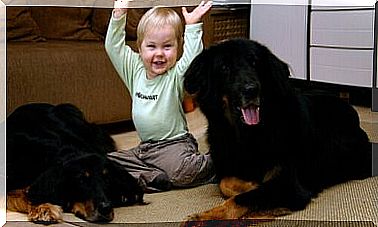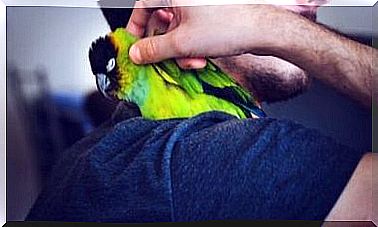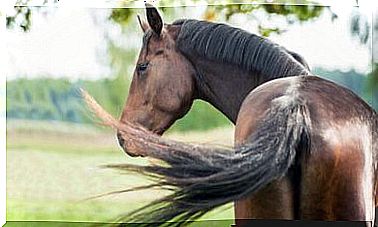5 Curiosities About Wombats, The Cutest Australian Marsupials
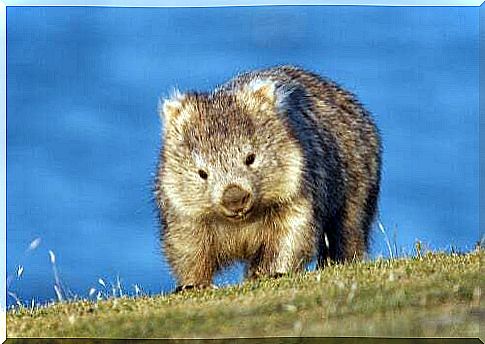
Wombats are cute little animals with a very tender and graceful appearance, which at first glance look like a mixture of a pig, a bear and a rodent.
They are actually marsupials, like koalas and wallabies. In this article, we discover 5 curiosities about wombats.
Wombats are marsupials
In Australia, there are more than 200 species of marsupials, a group of mammals that raise their cubs in a pouch-shaped pouch at the belly. In fact, the puppies, which are born premature, after an extremely short gestation period, finish their growth inside the sac of the mother’s womb.
For the mother’s comfort, the baby carrier is supported by the marsupial bones. This morphologically differentiates marsupials from any other placental mammal.
Physical characteristics of wombats
As we said, wombats are small marsupials, about the size of a medium-sized dog. This means that an adult wombat is around 70 centimeters long and weighs 25 to 40 kilograms. They have a compact build, short strong legs and powerful claws for digging deep tunnels and burrows in the ground.
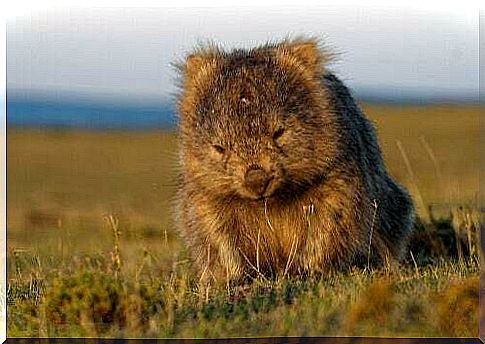
4 curiosities about wombats
1. Sociable or solitary animals?
Some wombats are quite sociable and enjoy spending life in a group. However, some specimens prefer to be alone. In fact, the common wombat can be said to be solitary, while hairy-nosed wombats prefer to live in groups of up to 12 other specimens.
In general, both species have nocturnal habits: they prefer to go out at night to look for food and dig deep tunnels under the ground.
When it’s particularly cold, these little marsupials come out of tunnels and burrows to warm up in the sun. Although they do not climb trees, they are able to swim and run at an average speed.
2. They don’t need to drink water for years
Wombats are herbivores, so they only eat grass, roots, and tree bark. Unlike other animals, they get almost all the water they need from the food they eat. Therefore, a wombat can live for years without drinking water and still remain hydrated and healthy.
According to some studies, a wombat takes about two weeks to digest a meal. This is because the enzymes in your stomach act very slowly.
3. Dig very deep tunnels
All extant wombat species live in Australia, particularly in the mountains of Tasmania, where they dig a very complex network of tunnels.
In fact, the lairs of the wombats consist of a series of tunnels that connect caves. Do you think that some of their burrows are so deep that they reach 200 meters in length.
4. The square-shaped feces of wombats
It sounds unbelievable, but it’s really true: wombats’ feces are square-shaped. Moreover, they are the only animals in the world capable of producing feces with this form.

Over the years, many zoologists and researchers have suggested that this is their way of marking territory. In fact, being square, this stool cannot roll, so it stays exactly where it is deposited. However, other theories have recently emerged.
According to Patricia Yang, a researcher at the Georgia Institute of Technology, the shape of the stool has to do with the elasticity of the intestine. The gut of the wombat must extract as much water as possible from the food and, therefore, squeeze the feces into these little squares.
5. The upside-down pouch of wombats
Wombats prefer to mate at times when food is plentiful. Indeed, scientists have found that if food is not very abundant, these marsupials do not mate.
The gestation period of a wombat is on average 20 to 30 days, after which it gives birth to only a young which, at birth, weighs only two grams. The growth process will then be completed in the mother’s pouch.
Unlike other marsupials, the wombat’s pouch is upside down. This means that it is accessed from below, exactly the opposite of what happens with kangaroos. This change is the result of an evolutionary adaptation: in this way, debris and soil cannot enter the pouch when the mother digs.
These are just a few curiosities about wombats, but there are still many more to discover. We invite you to do so and share them with us!
